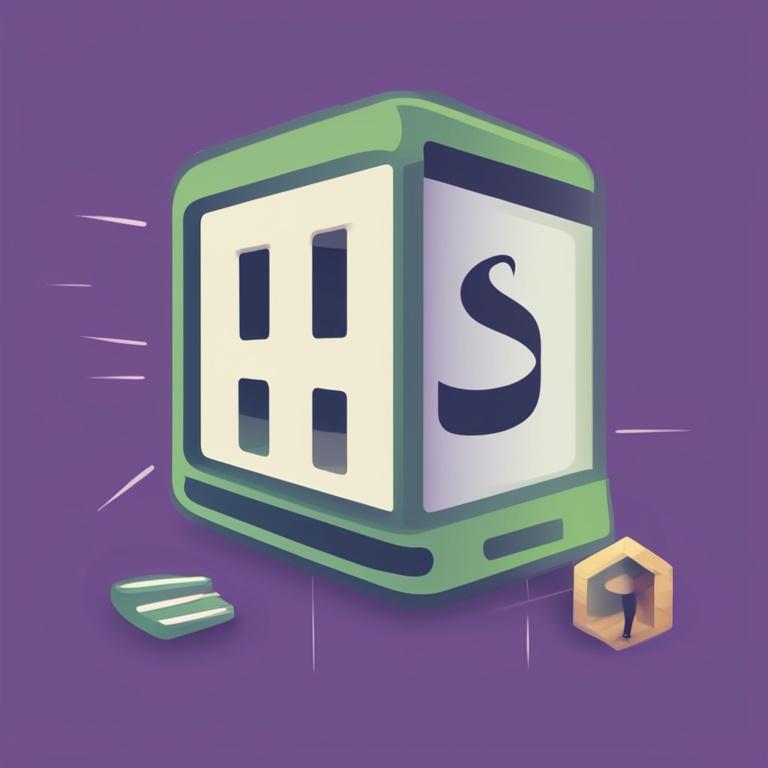
How to Customize Theme Code on Shopify: A Step-by-Step Guide to Basic Code Editing
dadao
2025-03-25 08:02:03

Now, in your "custom - interactivity.js" file, you can write the JavaScript code for the animation. Here's a simple example of how you could fade out the "Add to Cart" button when it's clicked:
javascript
document.addEventListener('DOMContentLoaded', function () {
const addToCartButton = document.querySelector('.add - to - cart - button');
addToCartButton.addEventListener('click', function () {
this.style.opacity = 0;
});
});
This code first waits for the page to be fully loaded (using `DOMContentLoaded`). Then it selects the "Add to Cart" button (assuming it has a class of "add - to - cart - button") and adds an event listener so that when the button is clicked, its opacity is set to 0, creating a fade - out effect.
**6. Using Liquid to Display Dynamic Data**
Liquid is a very important part of Shopify theme customization. It allows you to display dynamic data from your store, such as product names, prices, and inventory levels.
For example, if you want to display the price of a product on the product page, you would use Liquid code. In the relevant HTML section of the product page (usually in a file like "product.liquid"), you might see something like this:
html
{{ product.price | money }}
The `{{ product.price | money }}` is Liquid code. The `product.price` part accesses the price data of the product, and the `| money` filter formats the price in a currency - appropriate way.
You can also use Liquid to create loops. For example, if you want to display a list of all the products in a collection, you can use a Liquid loop. In a section of your page where you want to display the products, you could write:
html
-
{% for product in collection.products %}
- {{ product.title }} {% endfor %}